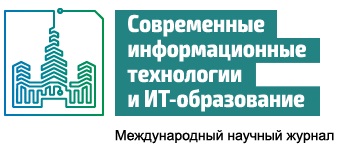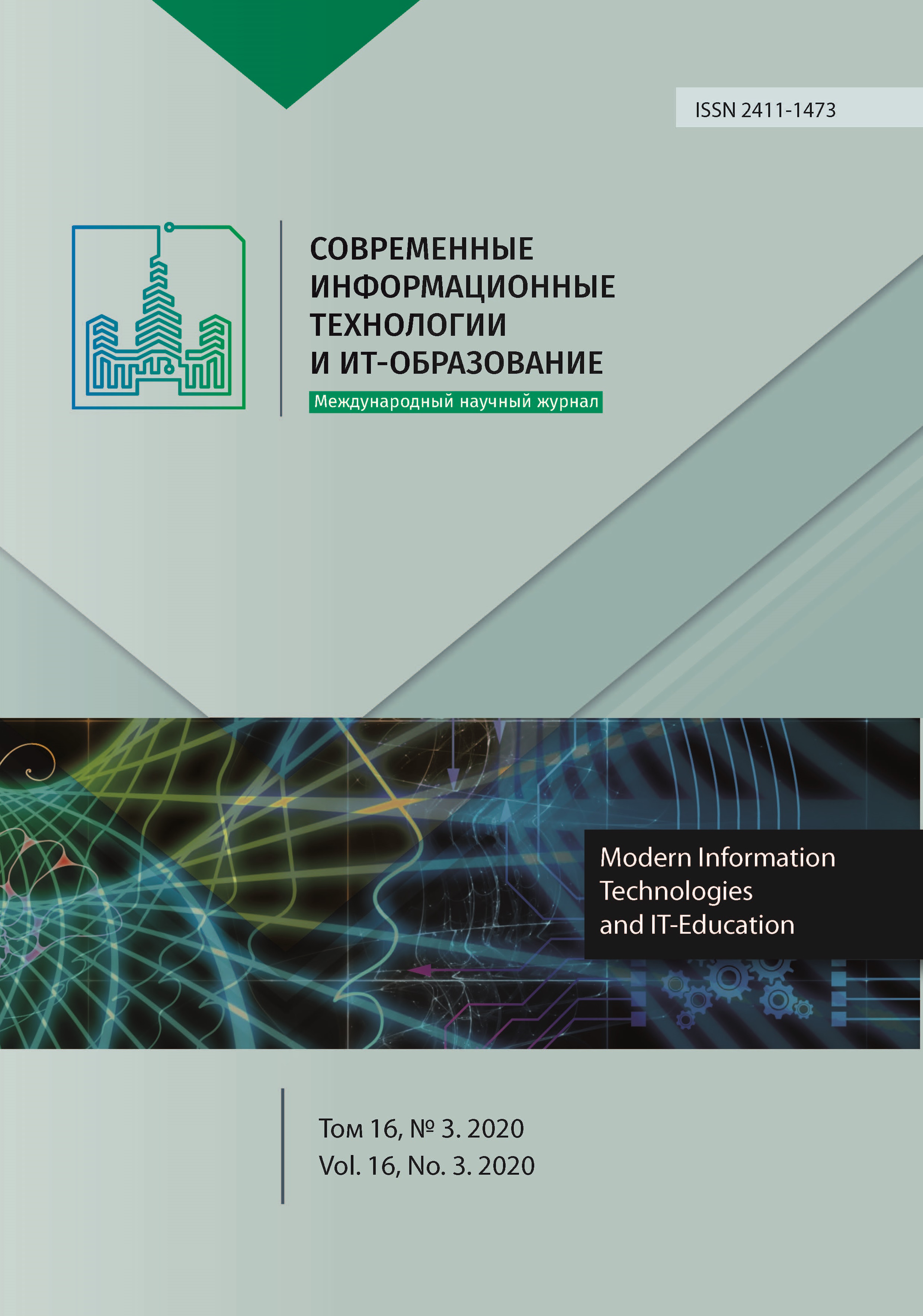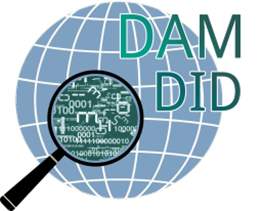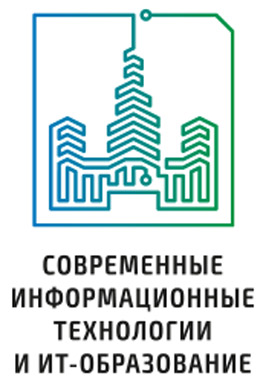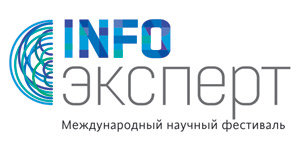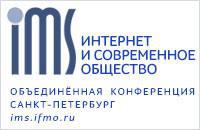Динамическая логика разделений и ее использование в образовании
Аннотация
Математическая логика широко применяется для верификации программ и аппаратного обеспечения. Одной из логик, наиболее подходящих для верификации императивных программ, является логика Хоара. Ее расширение, логика разделений, использует разделяющую конъюнкцию, которая позволяет рассуждать о программах, использующих указатели и изменяемые структуры данных. Еще одним формализмом, используемым в верификации, является динамическая логика — частный случай модальной логики. Данная статья описывает пропозициональную динамическую логику разделений, которая добавляет разделяющую конъюнкцию к динамической логике.
Мы описываем синтаксис, семантику и исчисление в гильбертовском стиле для пропозициональной динамической логики разделений и доказываем ее корректность. Определение логики является достаточно абстрактным. Так, используемый язык программирования состоит из так называемых регулярных программ вместо программ с обычными конструкциями if и while. Множество атомарных программ может быть произвольным при условии, что они порождают локальные действия. Особое внимание уделяется корректности правила кадра, позволяющего писать локальные спецификации программ, то есть указывать участки памяти, которые непосредственно читаются или изменяются программой. Условные операторы также рассматриваются отлично от стандартной динамической логики.
Статья также содержит аргументы в пользу использования логики разделений в изучении компьютерных наук. Данная логика более проста, чем другие субструктурные логики, и может преподаваться даже в начальных курсах математический логики. В то же время, логика разделений является областью активных исследований с большим количеством применений. На основе этой логики построено много инструментов для верификации. Поэтому она является отличным введением в формальные методы.
Литература
[2] Hoare C.A.R. An axiomatic basis for computer programming. Communications of the ACM. 1969; 12(10):576-580. (In Eng.) DOI: https://doi.org/10.1145/363235.363259
[3] Apt K.R., Olderog E.R. Fifty years of Hoare’s logic. Formal Aspects of Computing. 2019; 31(6):751-807. (In Eng.) DOI: https://doi.org/10.1007/s00165-019-00501-3
[4] Reynolds J.C. Separation logic: a logic for shared mutable data structures. In: Proceedings 17th Annual IEEE Symposium on Logic in Computer Science. Copenhagen, Denmark; 2002. p. 55-74. (In Eng.) DOI: https://doi.org/10.1109/LICS.2002.1029817
[5] Yang H., O’Hearn P. A Semantic Basis for Local Reasoning. In: Nielsen M., Engberg U. (ed.) Foundations of Software Science and Computation Structures. FoSSaCS 2002. Lecture Notes in Computer Science. 2002; 2303:402-416. Springer, Berlin, Heidelberg. (In Eng.) DOI: https://doi.org/10.1007/3-540-45931-6_28
[6] O’Hearn P.W., Pym D.J. The Logic of Bunched Implications. Bulletin of Symbolic Logic. 1999; 5(2):215-244. (In Eng.) DOI: https://doi.org/10.2307/421090
[7] Harel D., Kozen D., Tiuryn J. Dynamic Logic. MIT Press; 2000. Available at: https://mitpress.mit.edu/books/dynamic-logic (accessed 02.09.2020). (In Eng.)
[8] Ahrendt W., Beckert B., Bubel R., et al. Deductive Software Verification – The KeY Book. From Theory to Practice. In: Ahrendt W., et al. Lecture Notes in Computer Science. 2016; 10001. Springer, Cham. (In Eng.) DOI: https://doi.org/10.1007/978-3-319-49812-6
[9] Calcagno C., O'Hearn P.W., Yang H. Local Action and Abstract Separation Logic. In: 22nd Annual IEEE Symposium on Logic in Computer Science (LICS 2007). Wroclaw, Poland; 2007. p. 366-378. (In Eng.) DOI: https://doi.org/10.1109/LICS.2007.30
[10] Parkinson M., Bornat R., Calcagno C. Variables as Resource in Hoare Logics. In: 21st Annual IEEE Symposium on Logic in Computer Science (LICS'06). Seattle, WA, USA; 2006. p. 137-146. (In Eng.) DOI: https://doi.org/10.1109/LICS.2006.52
[11] Troelstra A., Schwichtenberg H. Basic Proof Theory. 2nd ed., Cambridge Tracts in Theoretical Computer Science. Cambridge, Cambridge University Press; 2000. (In Eng.) DOI: https://doi.org/10.1017/CBO9781139168717
[12] Chlipala A. Certified Programming with Dependent Types: A Pragmatic Introduction to the Coq Proof Assistant. MIT Press; 2013. Available at: https://mitpress.mit.edu/books/certified-programming-dependent-types (accessed 02.09.2020). (In Eng.)
[13] Chlipala A. Proof engineering: implementation challenges in rigorously verified software. In: Proceedings of the Programming Languages Mentoring Workshop (PLMW '15). Association for Computing Machinery, New York, NY, USA; 2015:8. (In Eng.) DOI: https://doi.org/10.1145/2792434.2792442
[14] Eßmann R., Nipkow T., Robillard S. Verified Approximation Algorithms. In: Peltier N., Sofronie-Stokkermans V. (ed.) Automated Reasoning. IJCAR 2020. Lecture Notes in Computer Science. 2020; 12167:291-306. Springer, Cham. (In Eng.) DOI: https://doi.org/10.1007/978-3-030-51054-1_17
[15] Nipkow T. Term rewriting and beyond - theorem proving in Isabelle. Formal Aspects of Computing. 1989; 1(1):320-338. (In Eng.) DOI: https://doi.org/10.1007/BF01887212
[16] Nipkow T., Klein G. Concrete Semantics: With Isabelle/HOL. Springer, Cham; 2014. (In Eng.) DOI: https://doi.org/10.1007/978-3-319-10542-0
[17] Sergey I., Wilcox J.R., Tatlock Z. Programming and proving with distributed protocols. Proceedings of the ACM on Programming Languages. 2017; 2(POPL):28. (In Eng.) DOI: https://doi.org/10.1145/3158116
[18] Bradley A.R., Manna Z. The Calculus of Computation: Decision Procedures with Applications to Verification. Springer, Berlin, Heidelberg; 2007. (In Eng.) DOI: https://doi.org/10.1007/978-3-540-74113-8
[19] Filliâtre J.C., Paskevich A. Why3 - Where Programs Meet Provers. In: Felleisen M., Gardner P. (ed.) Programming Languages and Systems. ESOP 2013. Lecture Notes in Computer Science. 2013; 7792:125-128. Springer, Berlin, Heidelberg. (In Eng.) DOI: https://doi.org/10.1007/978-3-642-37036-6_8
[20] Krebbers R., Jung R., Bizjak A., Jourdan J.H., Dreyer D., Birkedal L. The Essence of Higher-Order Concurrent Separation Logic. In: Yang H. (ed.) Programming Languages and Systems. ESOP 2017. Lecture Notes in Computer Science. 2017; 10201:696-723. Springer, Berlin, Heidelberg. (In Eng.) DOI: https://doi.org/10.1007/978-3-662-54434-1_26
[21] Jung R., Jourdan J.-H., Krebbers R., Dreyer D. RustBelt: securing the foundations of the rust programming language. Proceedings of the ACM on Programming Languages. 2017; 2(POPL):66. (In Eng.) DOI: https://doi.org/10.1145/3158154
[22] Brookes S., O’Hearn P.W. Concurrent separation logic. ACM SIGLOG News. 2016; 3(3):47-65. (In Eng.) DOI: https://doi.org/10.1145/2984450.2984457
[23] Xu F., Fu M., Feng X., Zhang X., Zhang H., Li Z. A Practical Verification Framework for Preemptive OS Kernels. In: Chaudhuri S., Farzan A. (ed.) Computer Aided Verification. CAV 2016. Lecture Notes in Computer Science. 2016; 9780:59-79. Springer, Cham. (In Eng.) DOI: https://doi.org/10.1007/978-3-319-41540-6_4
[24] O’Hearn P. Separation Logic. Communications of the ACM. 2019; 62(2):86-95. (In Eng.) DOI: https://doi.org/10.1145/3211968
[25] Zakharova I., Kuzenkov O. The Experience of Updating the Educational Standards of Higher Education in the Field of ICT. Sovremennye informacionnye tehnologii i IT-obrazovanie = Modern Information Technologies and IT-Education. 2017; 13(4):46-57. (In Russ., abstract in Eng.) DOI: https://doi.org/10.25559/SITITO.2017.4.510
[26] Zakharova I., Kuzenkov O. Mathematical Programs Modernization Based on Russian and International Standards. Sovremennye informacionnye tehnologii i IT-obrazovanie = Modern Information Technologies and IT-Education. 2018; 14(1):233-244. (In Eng., abstract in Russ.) DOI: https://doi.org/10.25559/SITITO.14.201801.233-244
[27] Kuzenkov O., Kuzenkova G., Kiseleva T. The use of electronic teaching tools in the modernization of the course “Mathematical modeling of selection processes”. Obrazovatel'nye tehnologii i obshhestvo = Educational Technology & Society. 2018; 21(1):435-448. Available at: https://elibrary.ru/item.asp?id=32253185 (accessed 02.09.2020). (In Russ., abstract in Eng.)

Это произведение доступно по лицензии Creative Commons «Attribution» («Атрибуция») 4.0 Всемирная.
Редакционная политика журнала основывается на традиционных этических принципах российской научной периодики и строится с учетом этических норм работы редакторов и издателей, закрепленных в Кодексе поведения и руководящих принципах наилучшей практики для редактора журнала (Code of Conduct and Best Practice Guidelines for Journal Editors) и Кодексе поведения для издателя журнала (Code of Conduct for Journal Publishers), разработанных Комитетом по публикационной этике - Committee on Publication Ethics (COPE). В процессе издательской деятельности редколлегия журнала руководствуется международными правилами охраны авторского права, нормами действующего законодательства РФ, международными издательскими стандартами и обязательной ссылке на первоисточник.
Журнал позволяет авторам сохранять авторское право без ограничений. Журнал позволяет авторам сохранить права на публикацию без ограничений.
Издательская политика в области авторского права и архивирования определяются «зеленым цветом» в базе данных SHERPA/RoMEO.
Все статьи распространяются на условиях лицензии Creative Commons «Attribution» («Атрибуция») 4.0 Всемирная, которая позволяет другим использовать, распространять, дополнять эту работу с обязательной ссылкой на оригинальную работу и публикацию в этом журналe.
